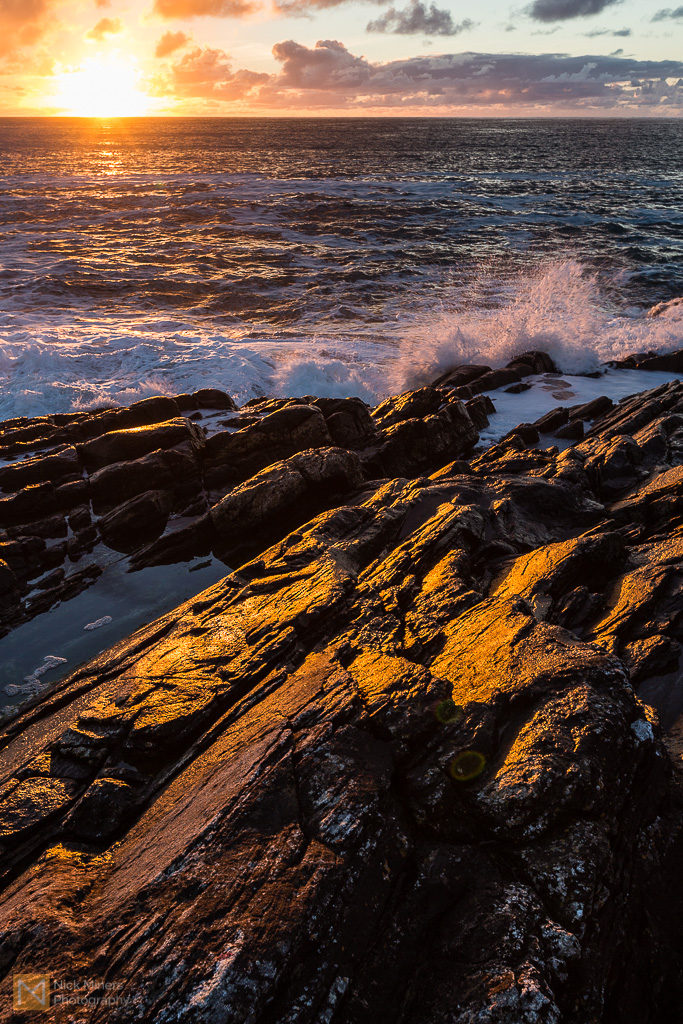(Nick here, guest blogging while Frances is in Norway)
Following on from yesterday’s post where I ended up with a photo of the iceberg lagoon with no icebergs, we headed back east the following day to a place called Stokksnes. There is a beach at the end of the peninsula at Stokksnes with black sand dunes and a view across the wide flat beach to the mountain Vestrahorn – it’s one of Iceland’s iconic sights, and we were hoping for a spectacular view. On the way we passed this fellow, who I feel obliged to mention given the usual topics posted on this blog.
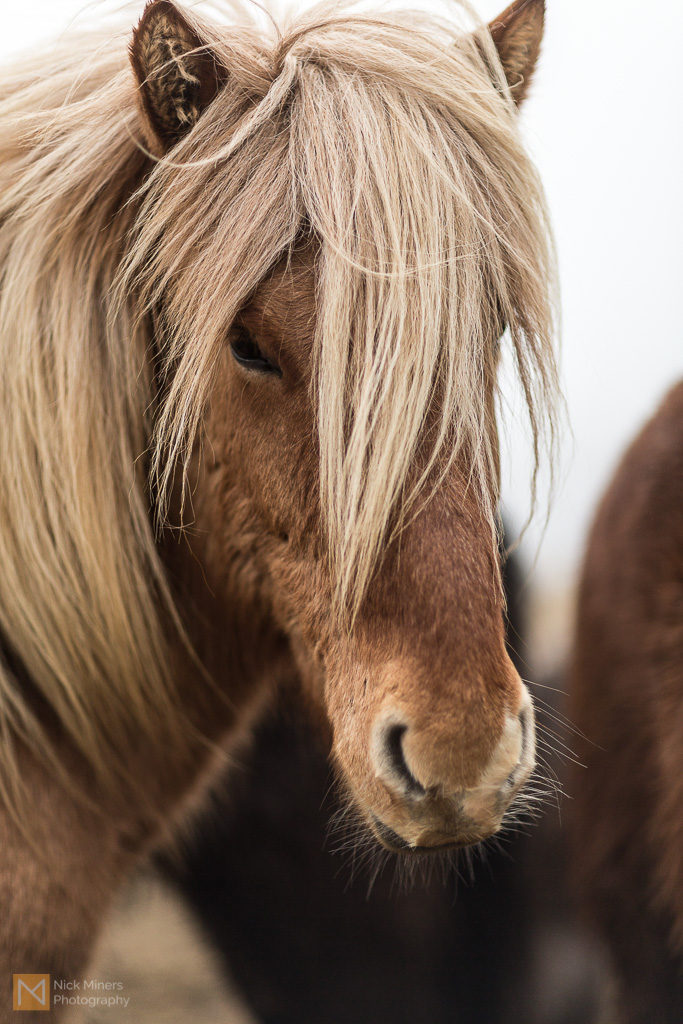
Once we arrived at Stokksnes, the weather wasn’t looking co-operative. Another group of photographers were already there, including Canadian landscape photographer Ken Kaminesky, who said it had been like this all morning and didn’t look like changing all day. So we did the best with what he had. This is a shot of the unusual looking sand dunes:
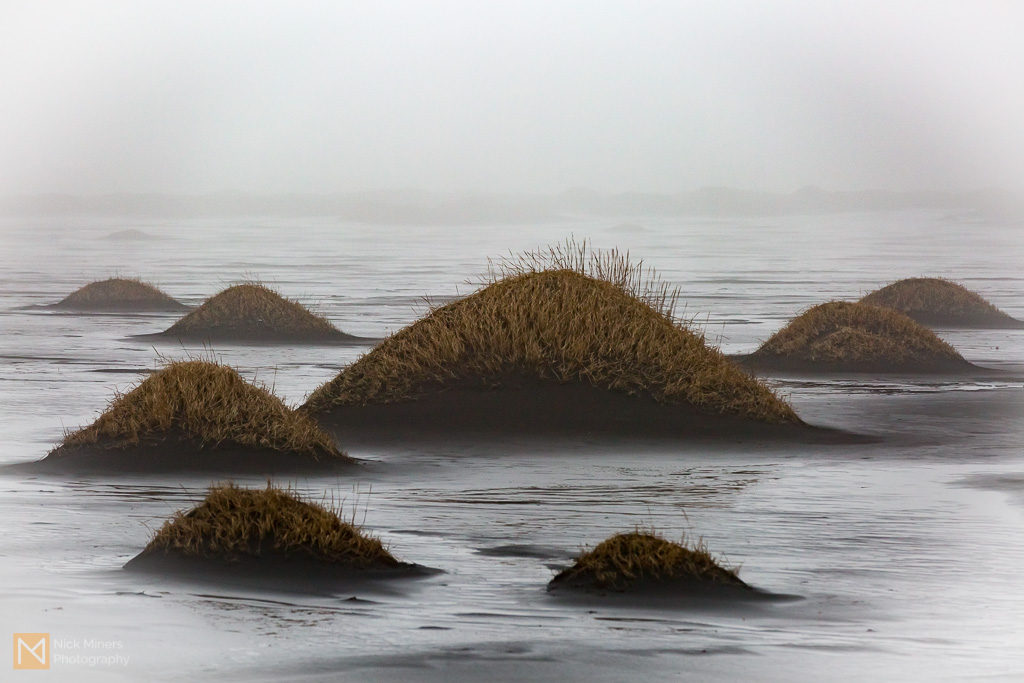
And the ‘spectacular’ view that was hidden by cloud still looked wonderfully moody.
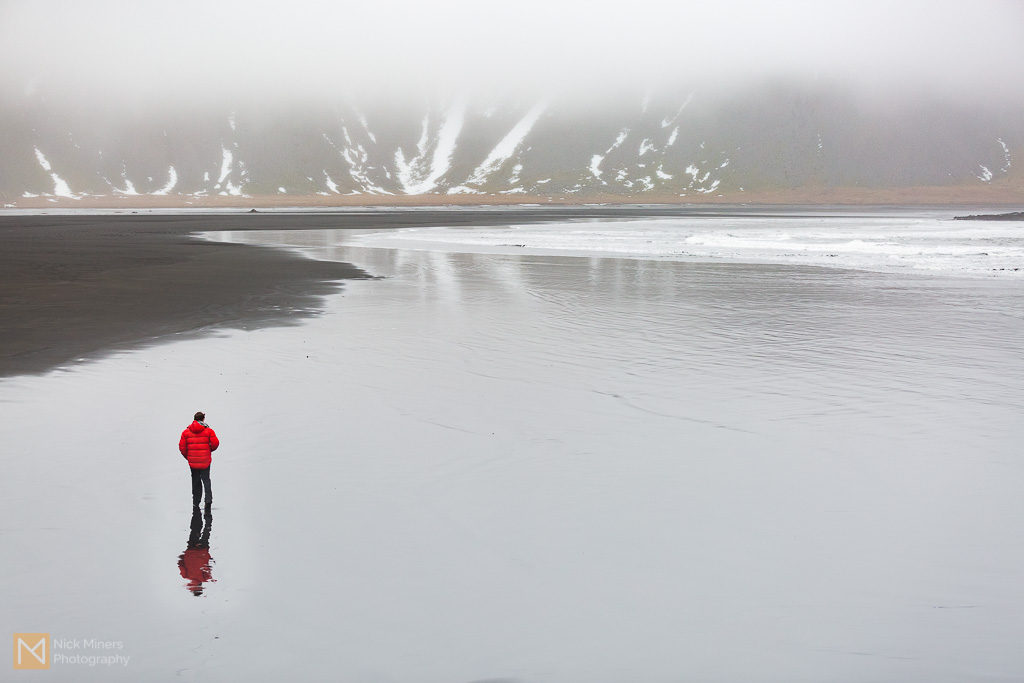
Heading back west, we stopped at a place where the weather had cleared somewhat, and the lack of wind gave us some beautiful glassy reflective water surfaces
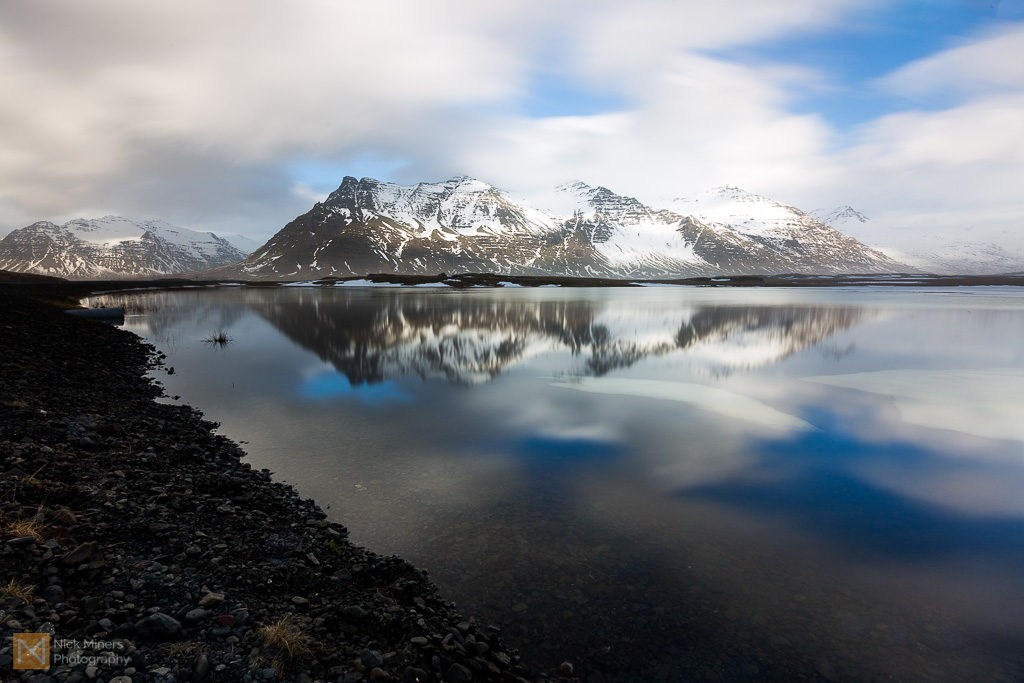
Arriving back at Jökulsárlón, the lake was so crammed with icebergs you could barely see the water for the ice.
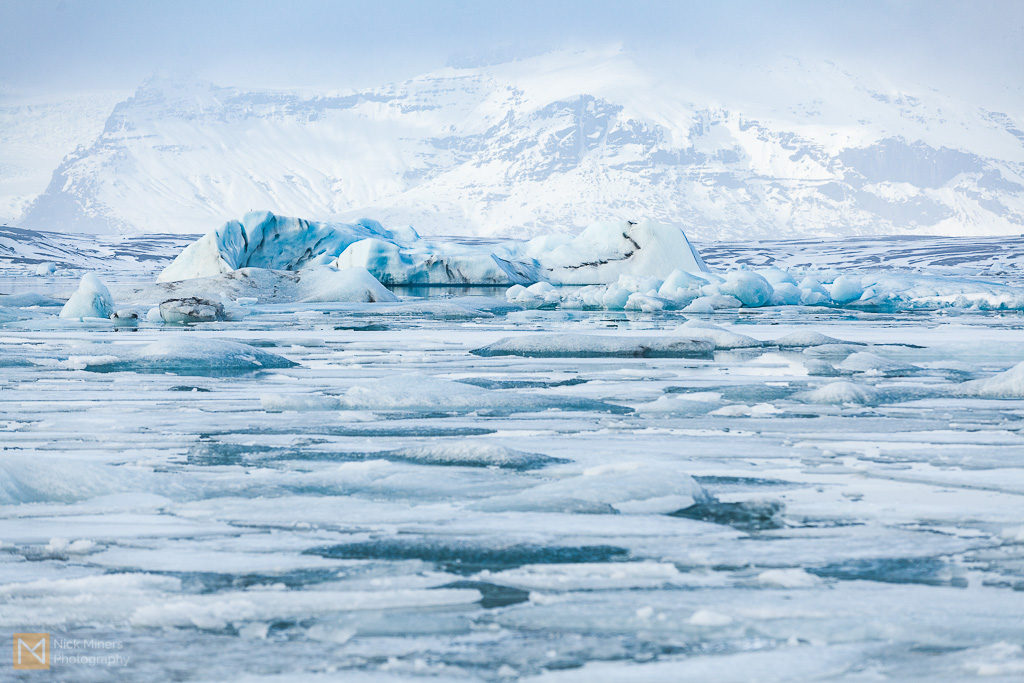
Further round the ring road, the oldest still used turf roofed church in Iceland, in a small village called Hof, is another oft-photographed landmark
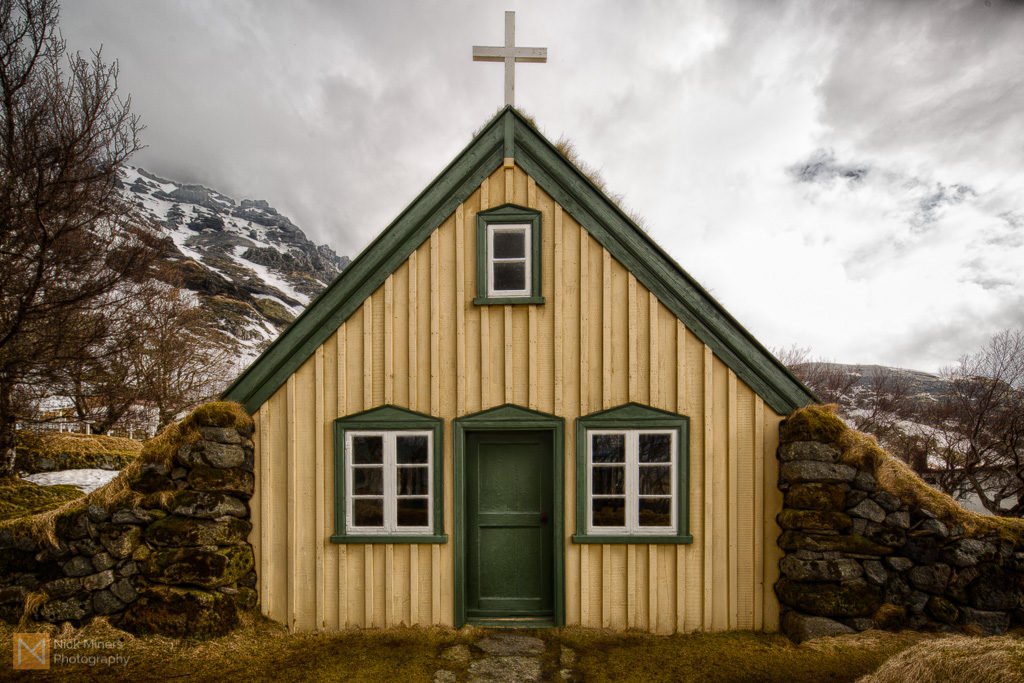
I couldn’t resist the urge to do some special effects photography, so used my long exposure filter again to create a ‘ghost’ in the moss-filled graveyard

A little further on from Hof is one of the many outflow glaciers connected to Vatnajökull, Iceland’s largest ice cap. Here at Svínafellsjökull there is a rough footpath that leads up the side of the glacier allowing you to look down onto the stunning blue/green ice as it creaks and groans its way to the coast.
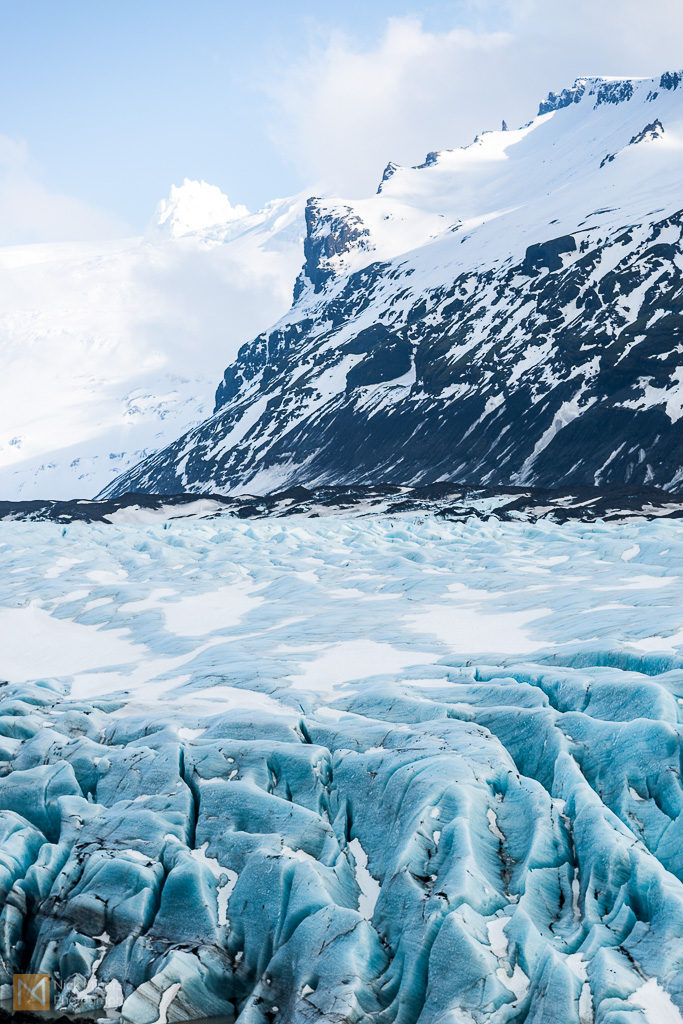
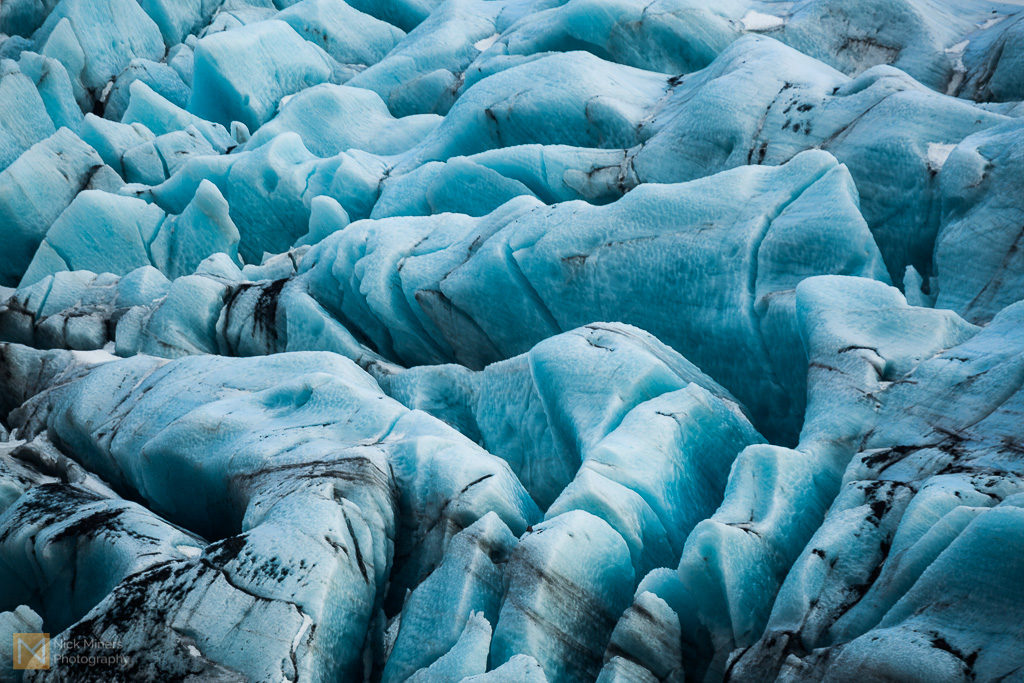
One final stop before our hotel was at the huge cliff of Lómagnúpur. This vast inland cliff is so tall that clouds were forming at the summit, creating beautiful shapes.
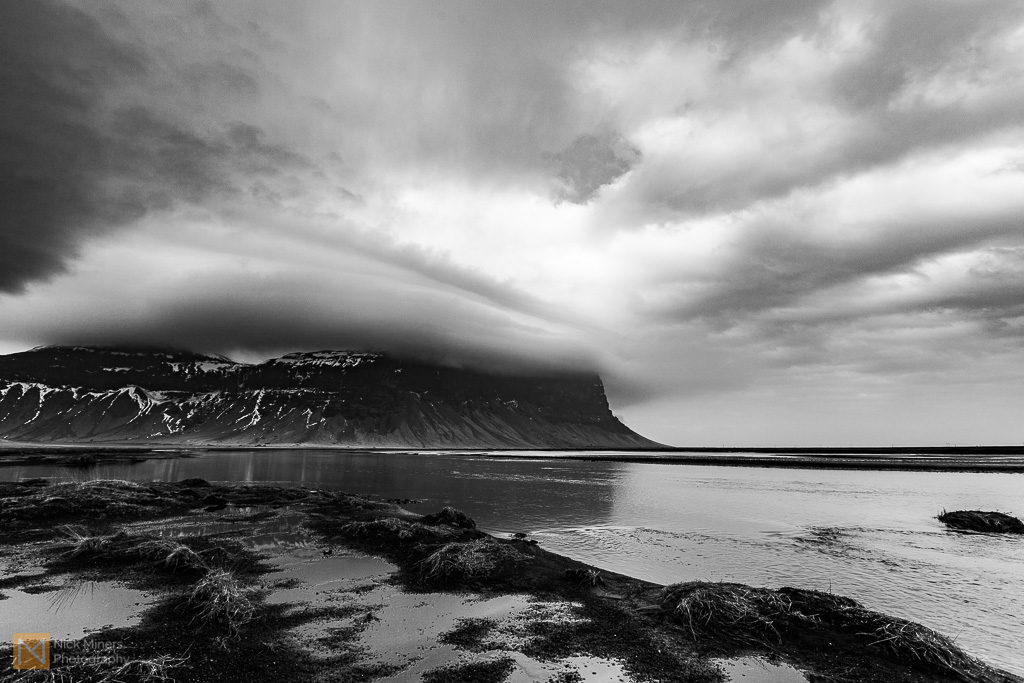
That night we stayed at a hotel near the town of Vík, which is at Iceland’s most southerly point. One of the photographers with us had brought some wire wool and other fancy LED based equipment which allowed us to create some fun special effects photography out the back of the hotel.
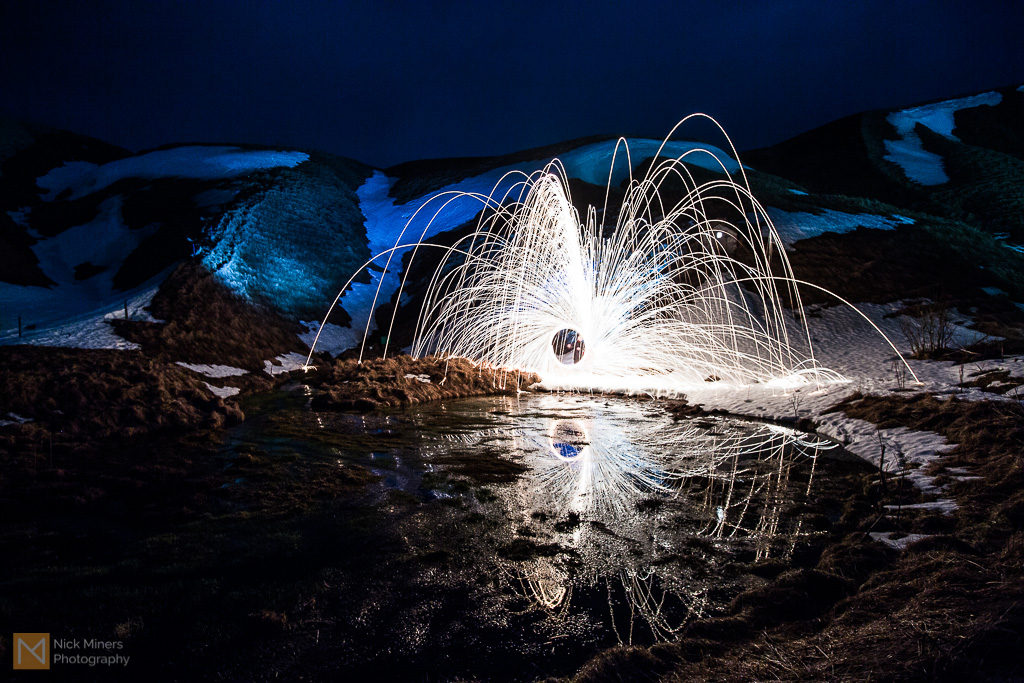
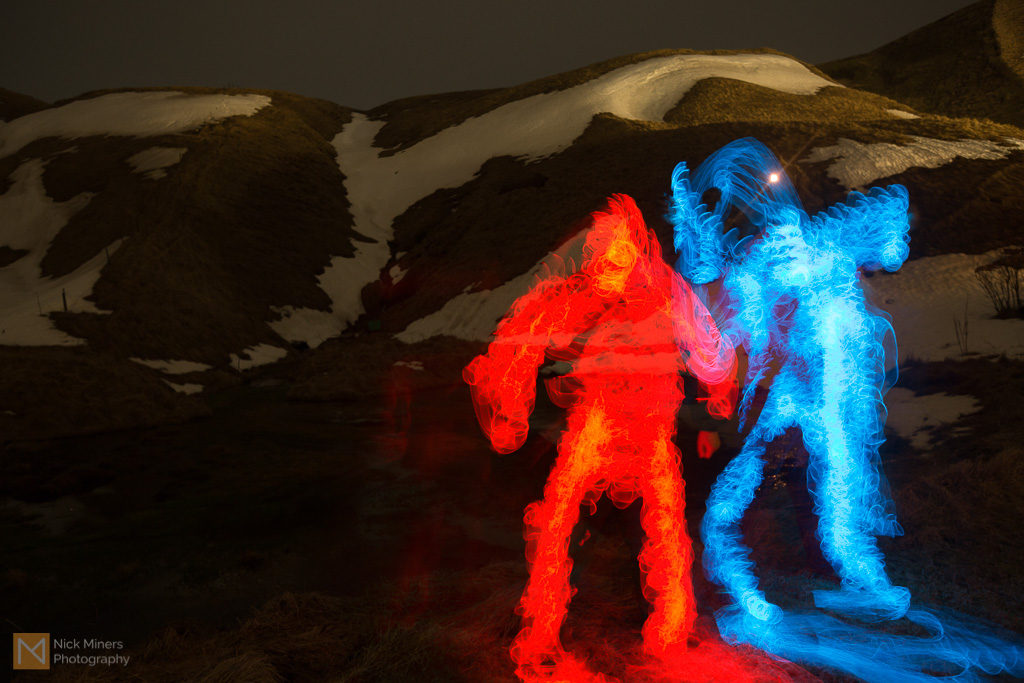
The next day was our final day of shooting, so we headed down to the beaches at Reynisfjara and Kirkjufjara where the sea was wonderfully active (and as we were warned, lethally dangerous) so we had to keep an eye on it at all times. The sea stacks of Reynisdrangar created a dramatic backdrop to some atmospheric seascapes.
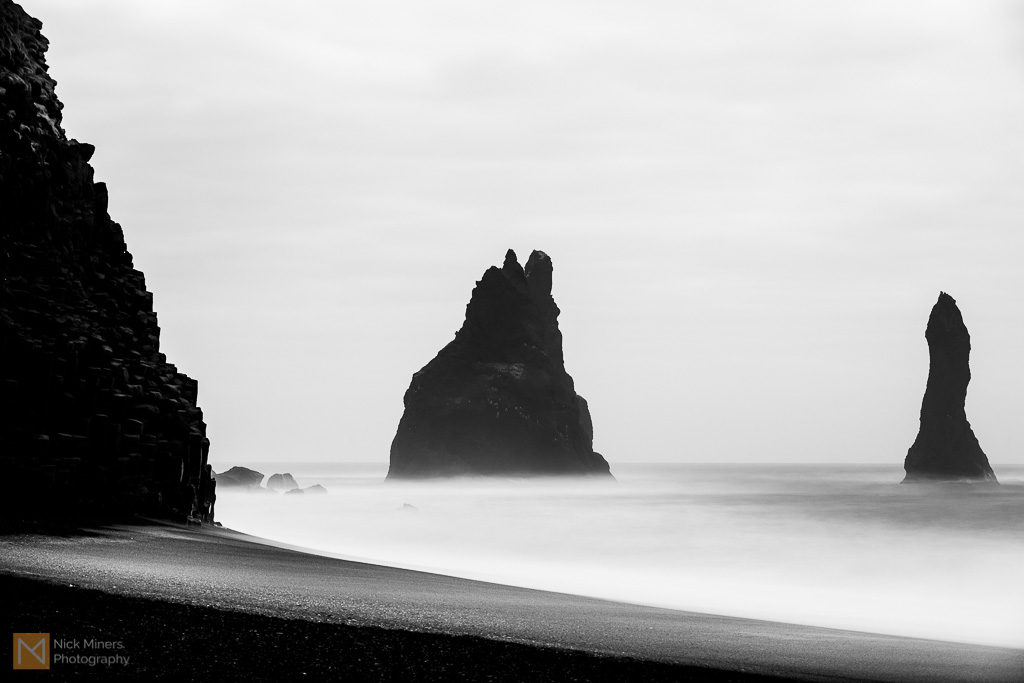
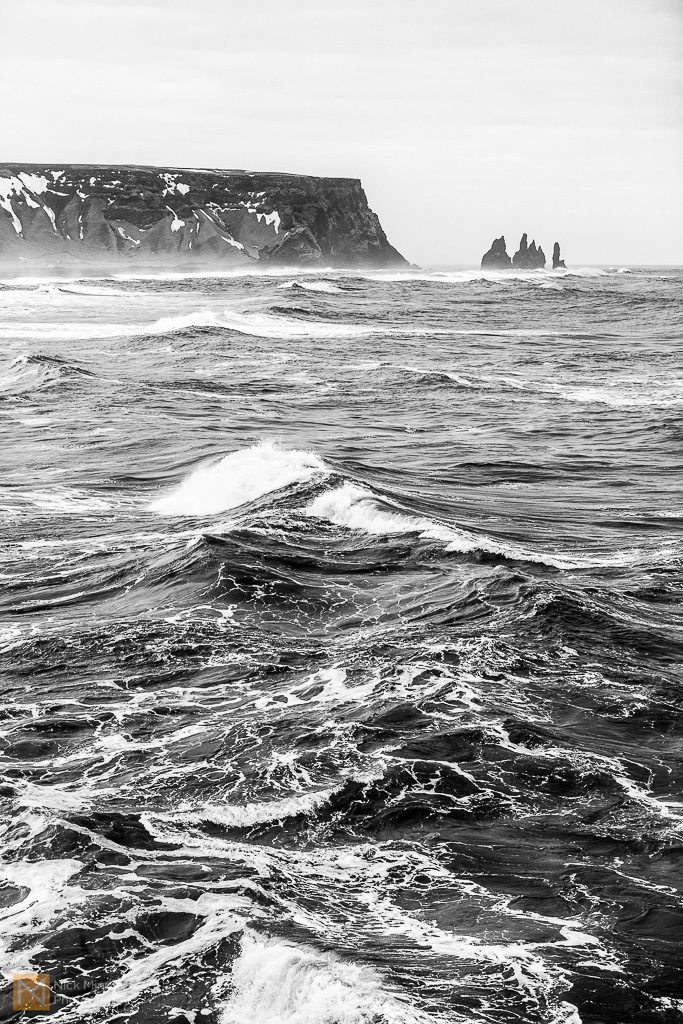
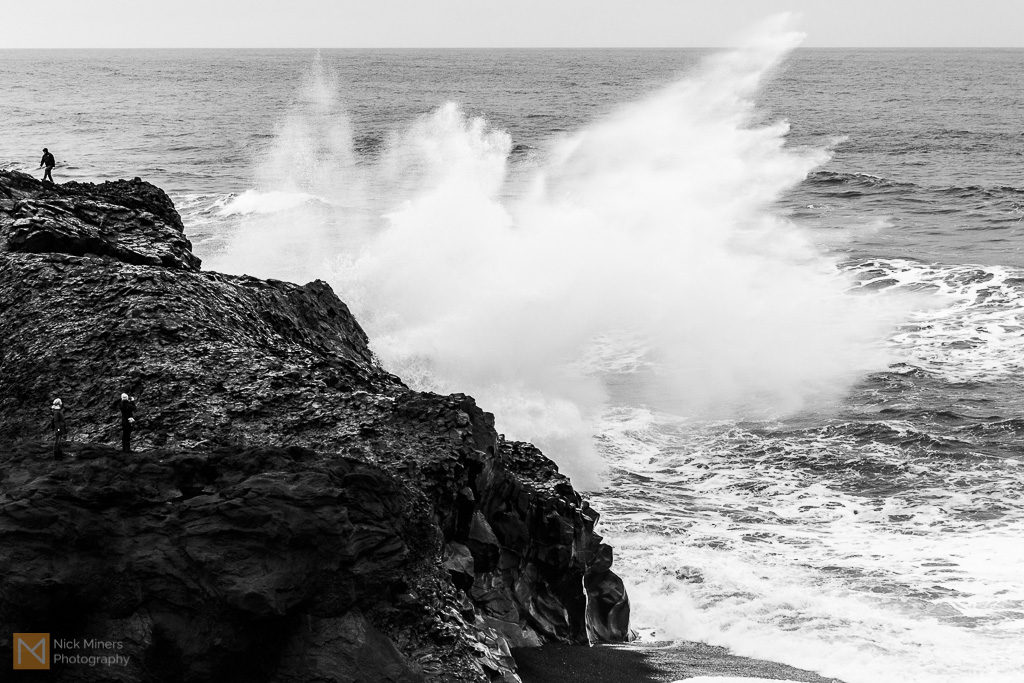
The popular waterfall Seljalandsfoss has a footpath that allows you to walk through the cave behind the cascade and shoot through the water. You have to be careful not to allow your equipment to get too wet, but the views are worth the risk!

We stayed the night in Reykjavík again after a delicious meal at a steak restaurant in Hafnarfjörður with Siggi and his wife Súsanna, then flew back home the next day, safe in the knowledge that we all had made some new friends.
I did manage to return to the beach at Stokksnes in November, on a solo trip where I was photographing one of the bands at the music festival Iceland Airwaves, and stayed on a few more days after the festival ended. I was, I have to say, rather lucky with conditions, and it was particularly pleasing to be able to get this shot for my trouble.
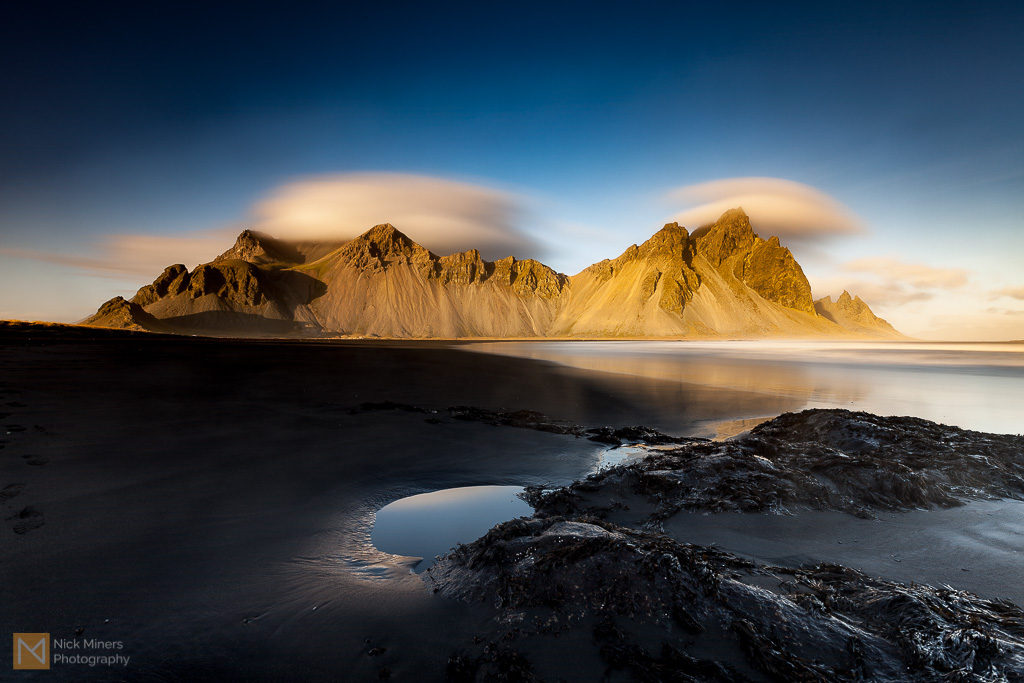
Finally, to please those of you who come here for the animals, here’s a photo of Fergus who was sunbathing this morning when I came down for breakfast.

Wheek!

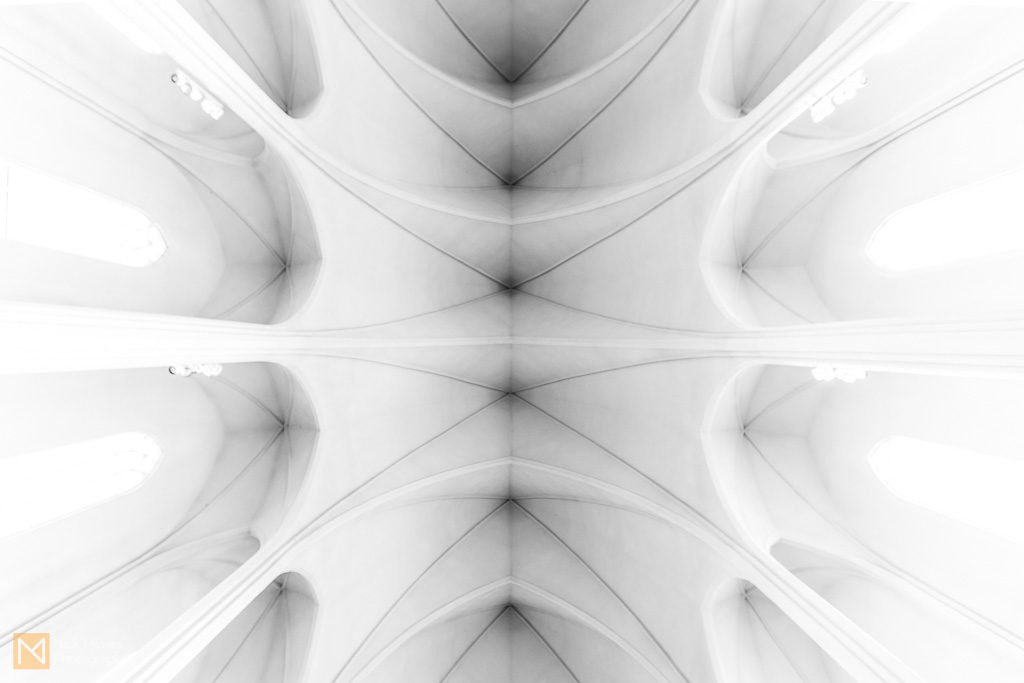
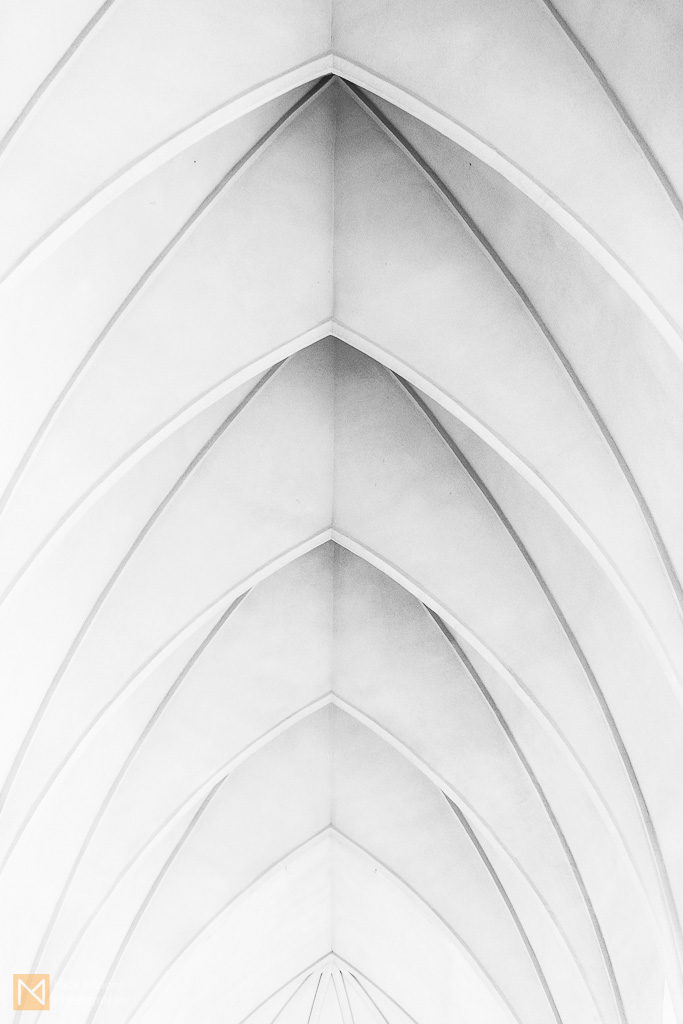
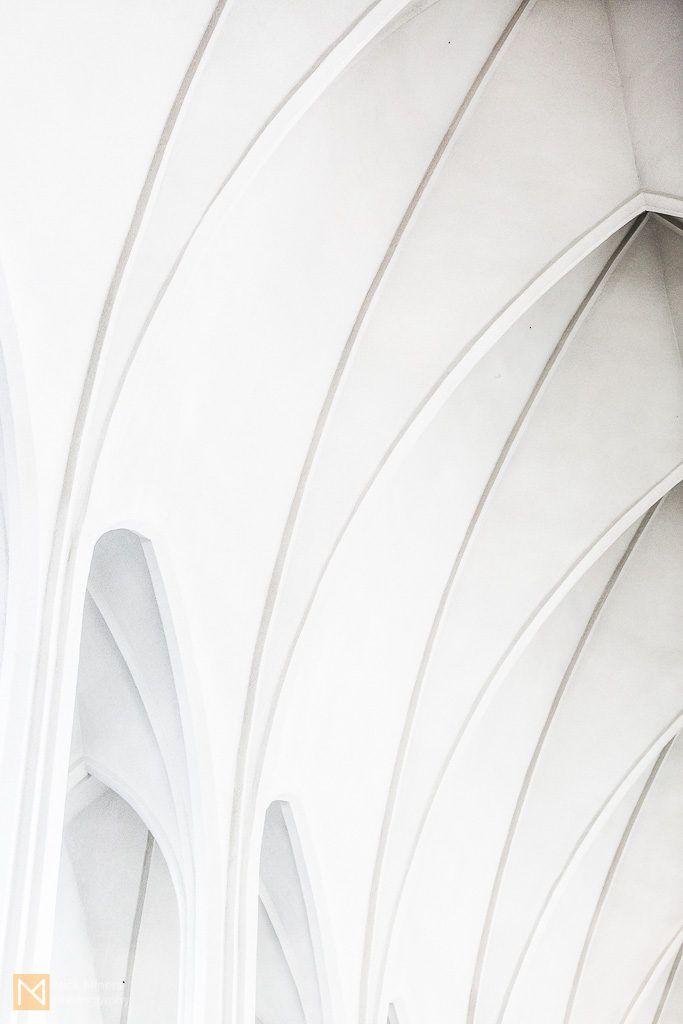


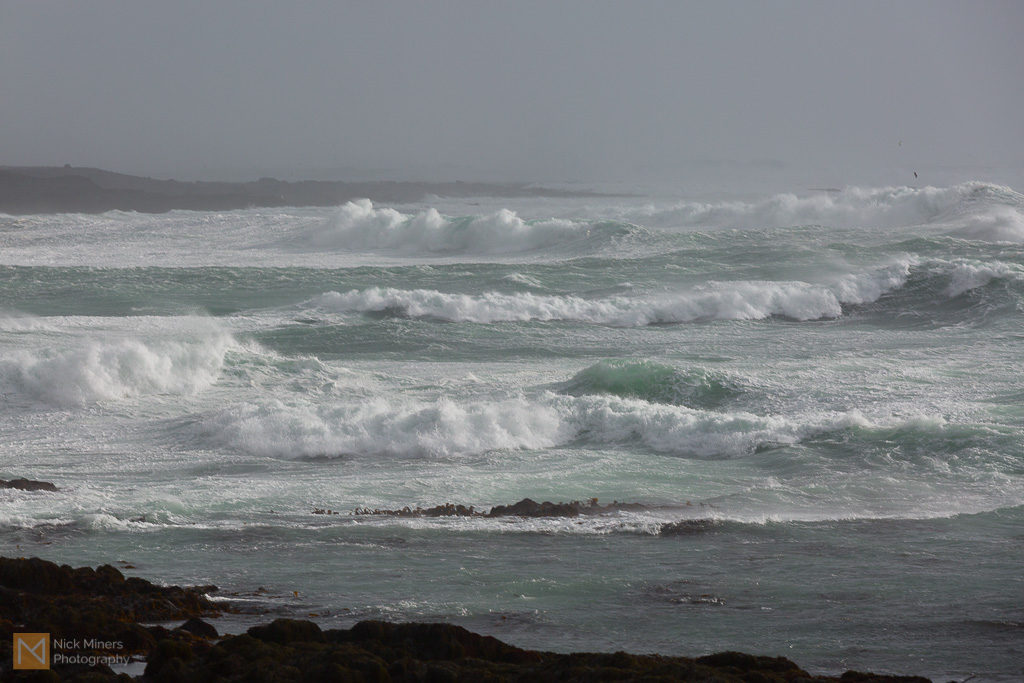
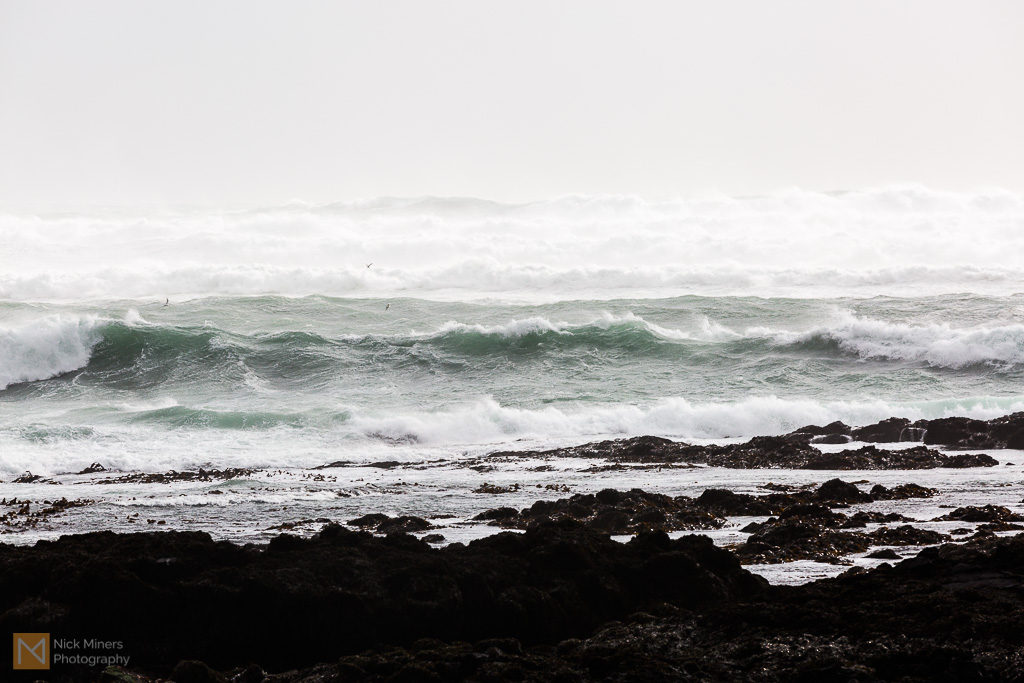
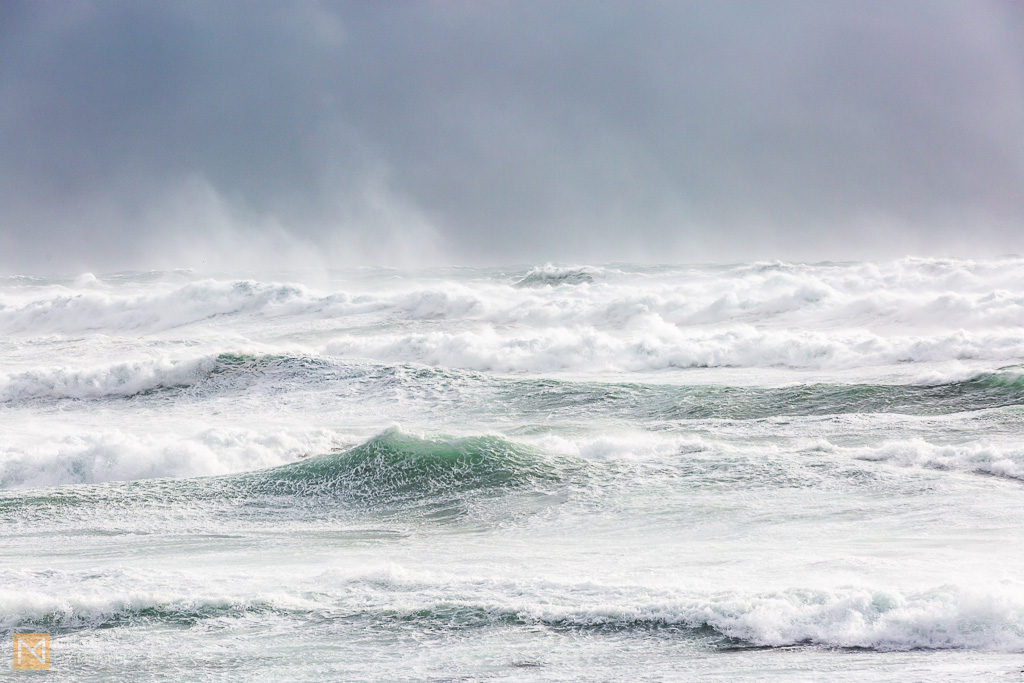
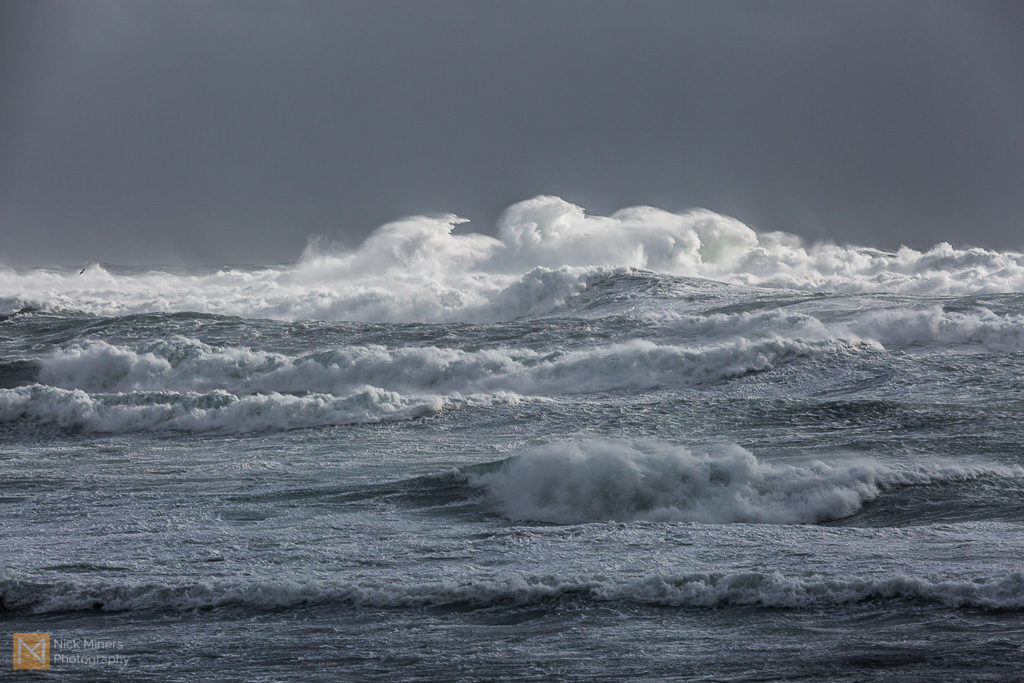
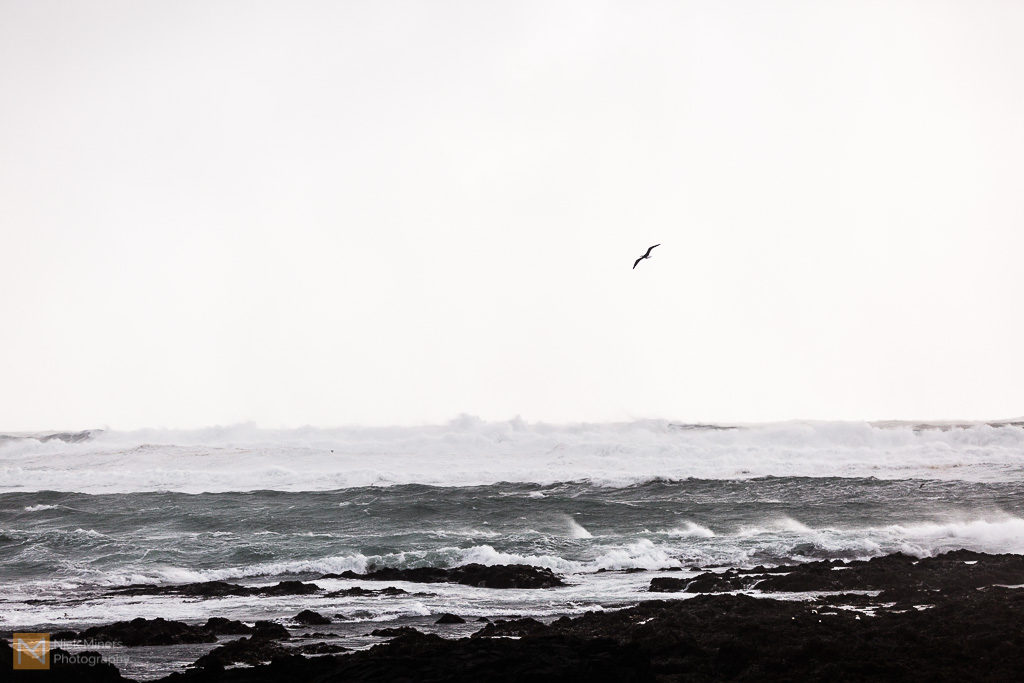
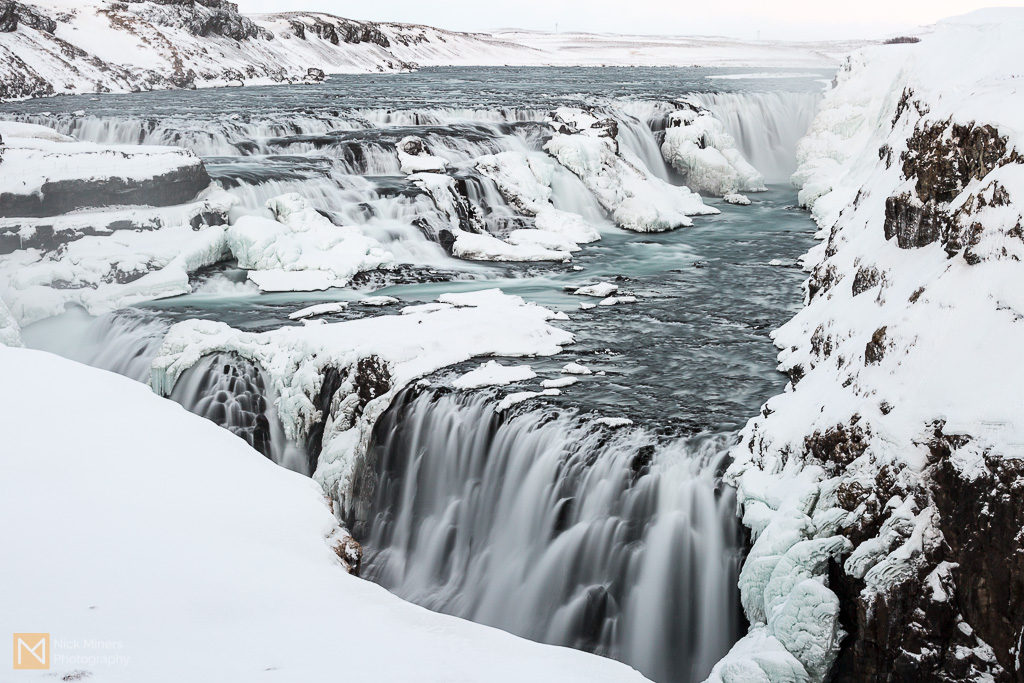

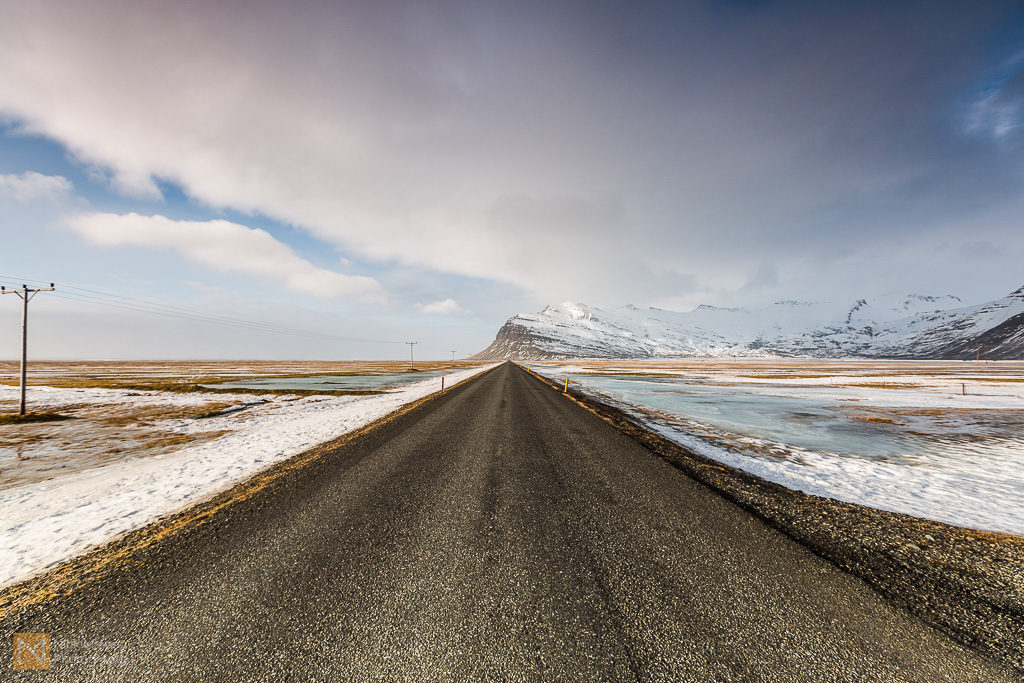
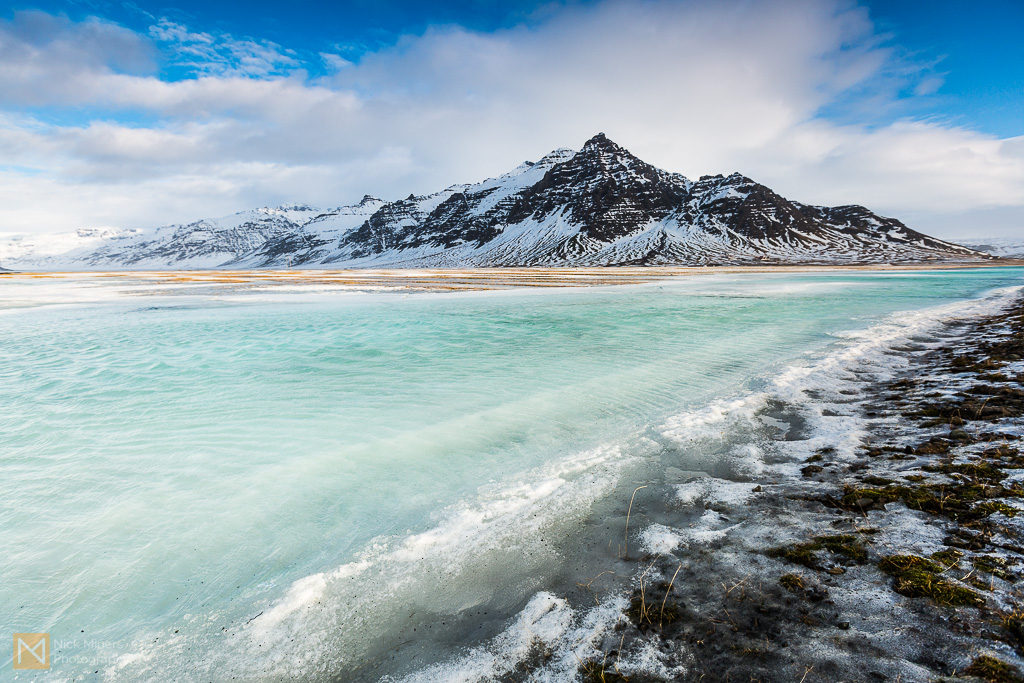

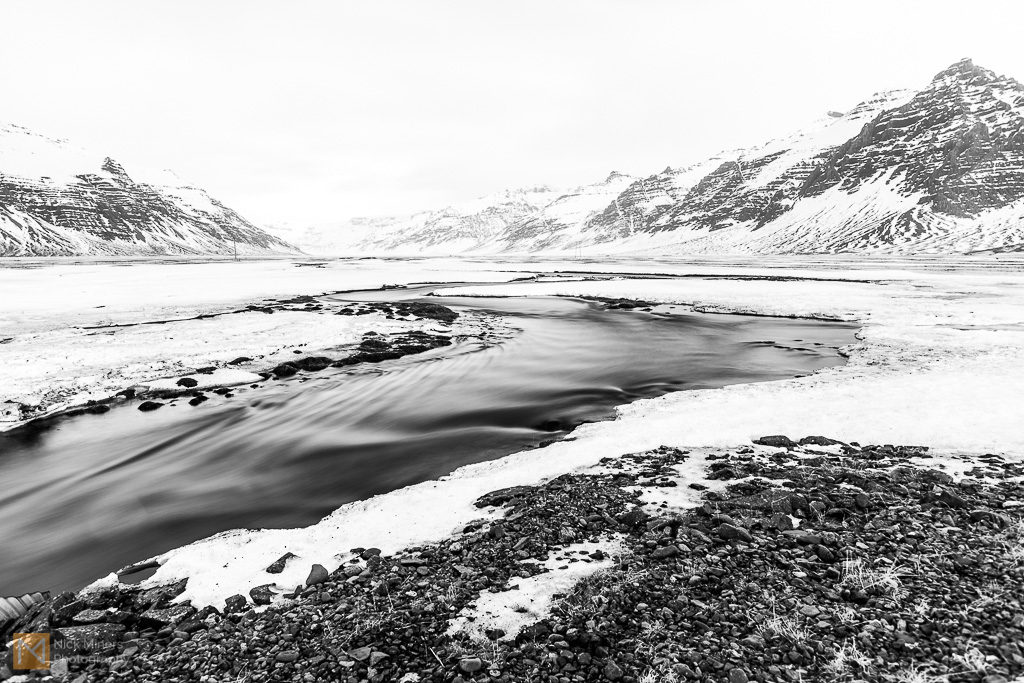
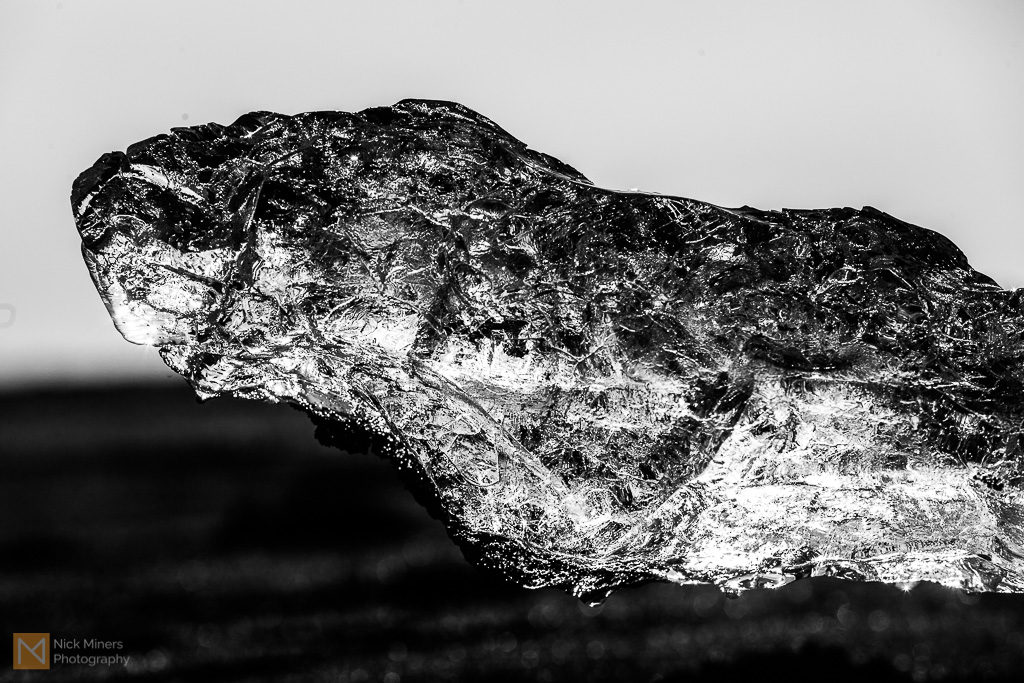

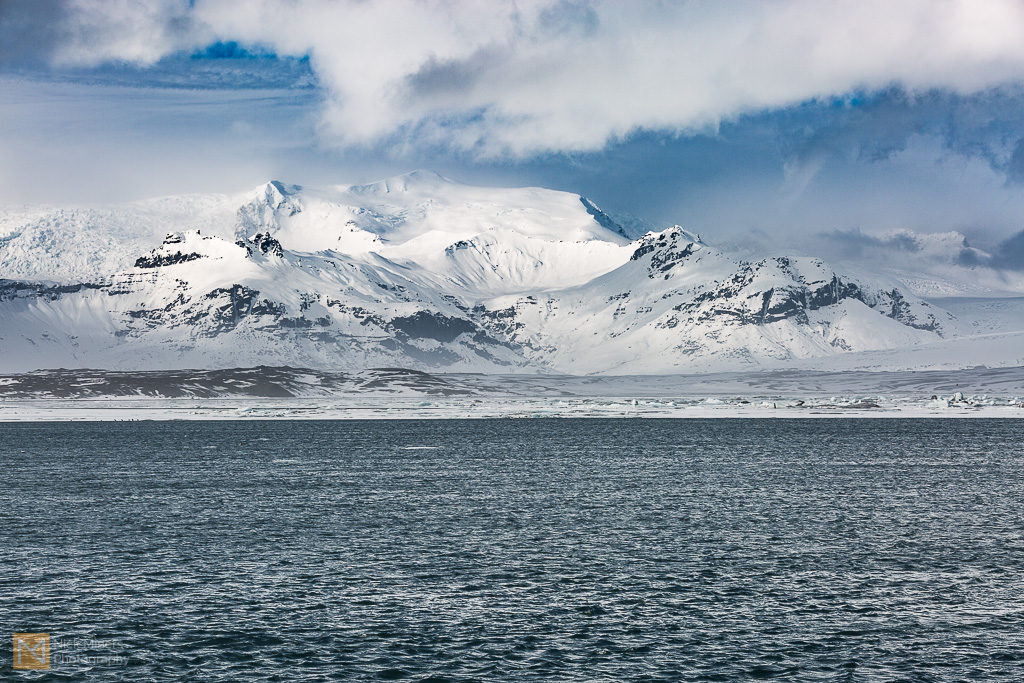





















 This is Rabbit, named for her distinctive rabbit-like colouring. She too was thought to be a boy on birth, but thankfully she doesn’t have to suffer the indignity of a particularly masculine name. She is also a little shy and bossed about by her sister Hamish, but she does get on better with her daughter Crinkle.
This is Rabbit, named for her distinctive rabbit-like colouring. She too was thought to be a boy on birth, but thankfully she doesn’t have to suffer the indignity of a particularly masculine name. She is also a little shy and bossed about by her sister Hamish, but she does get on better with her daughter Crinkle. …and here is the aforementioned Crinkle, with the best expression ever. She won’t let her mum Rabbit take too much nonsense from Auntie Hamish, and can more than hold her own in a food fight.
…and here is the aforementioned Crinkle, with the best expression ever. She won’t let her mum Rabbit take too much nonsense from Auntie Hamish, and can more than hold her own in a food fight.

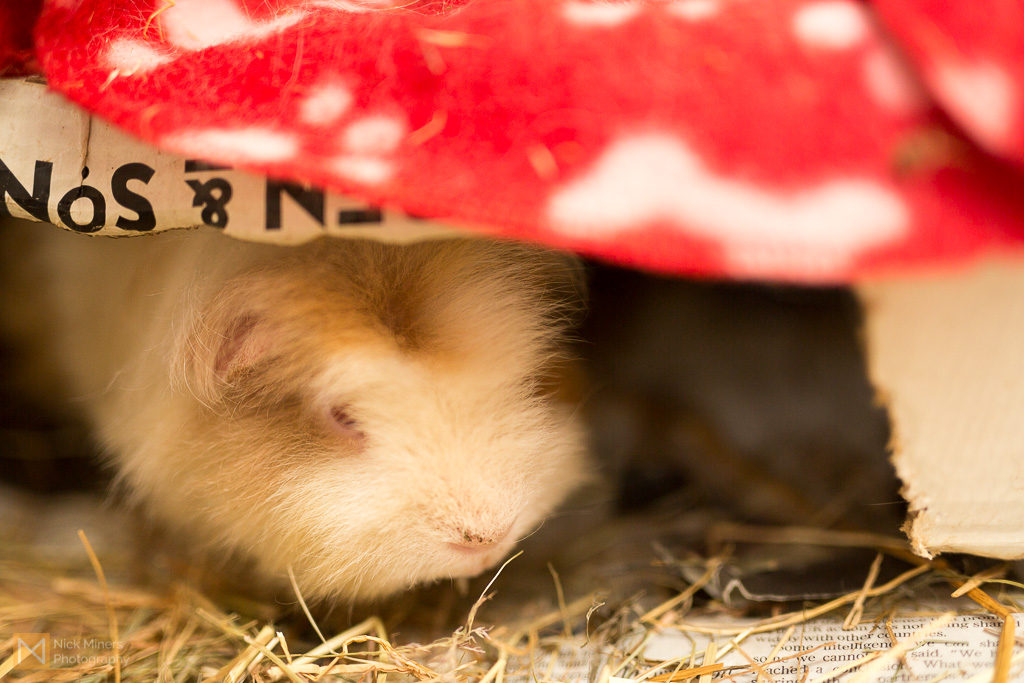
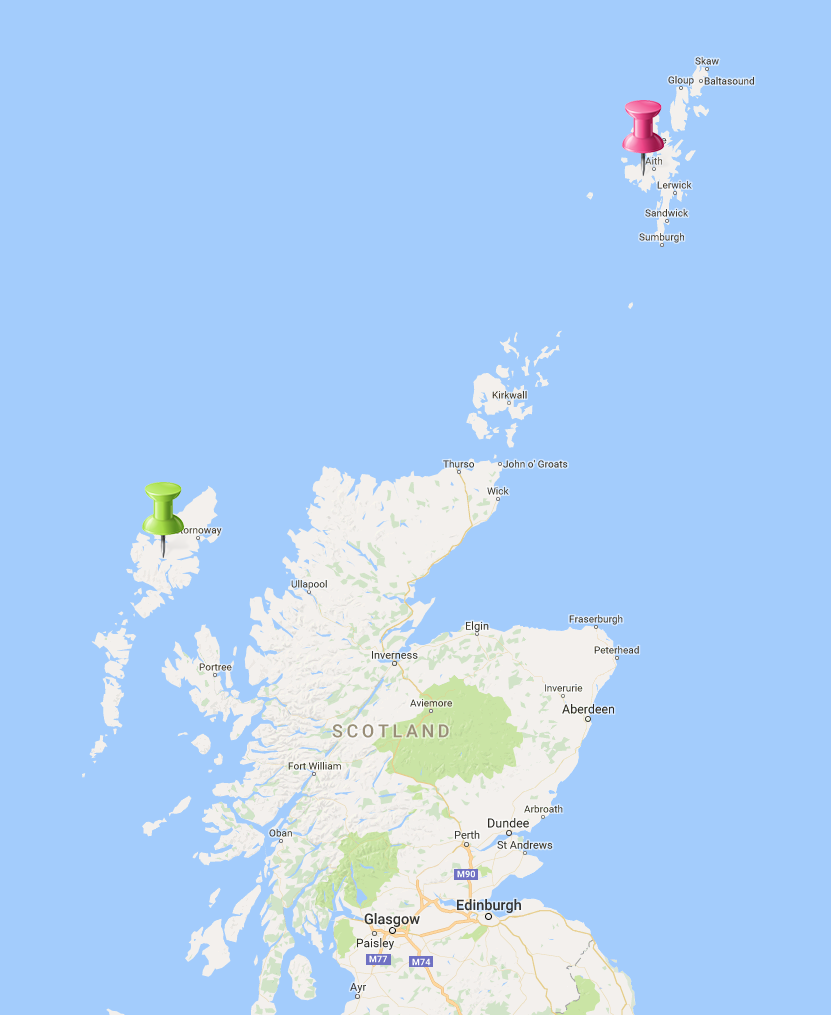
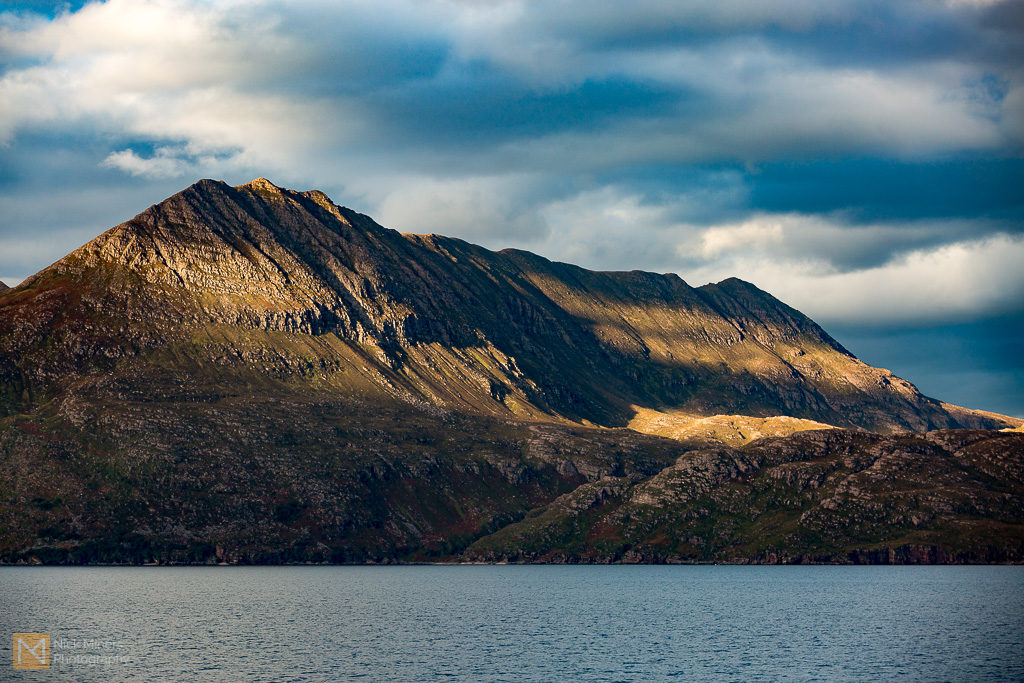
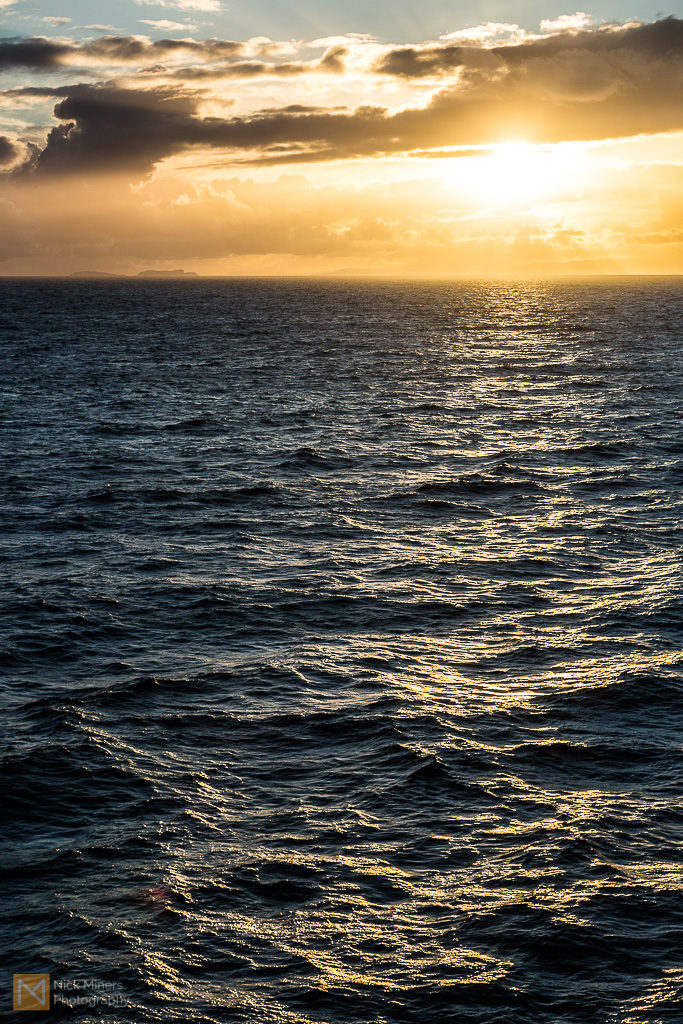
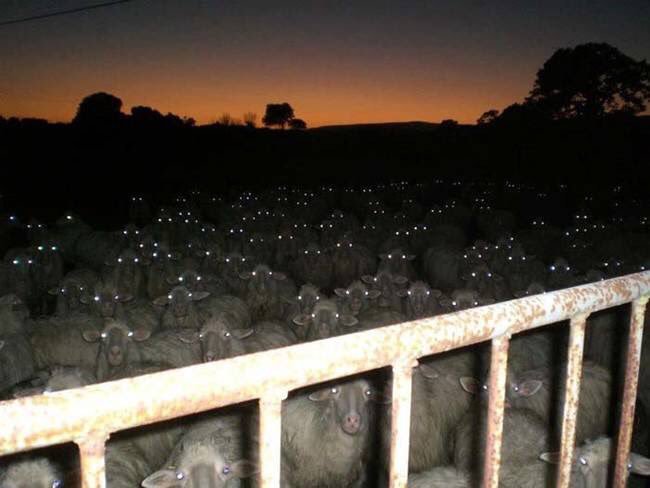
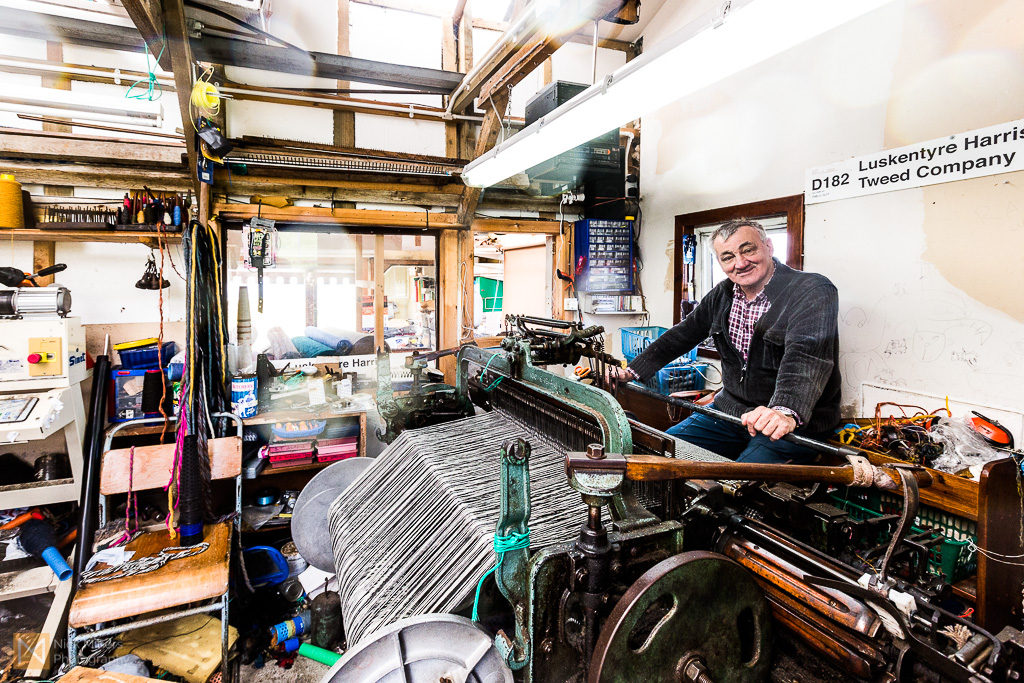
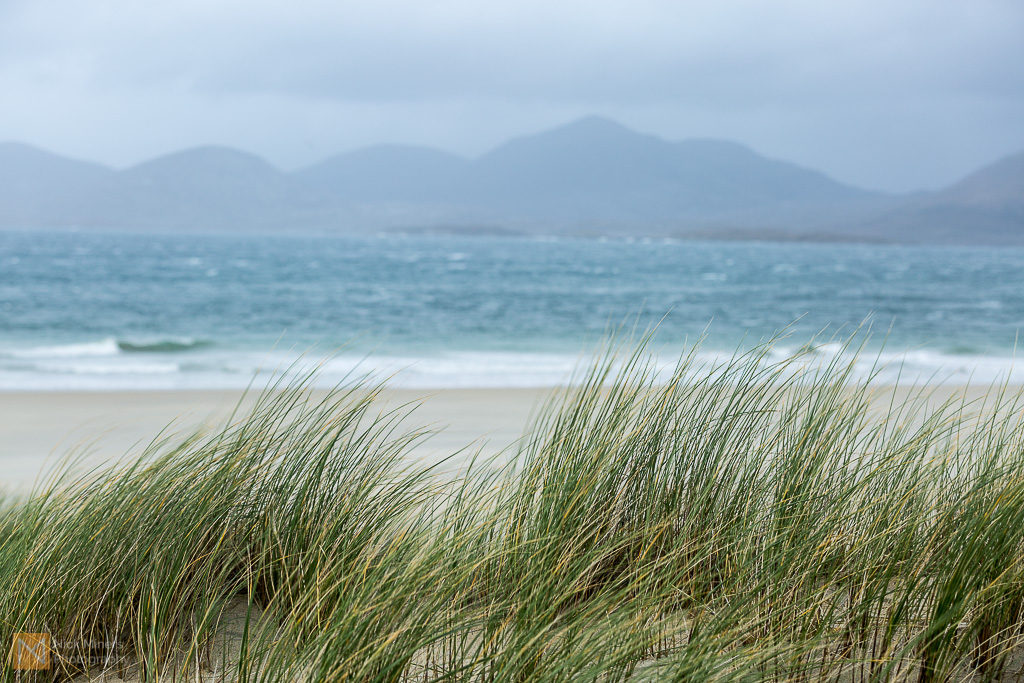
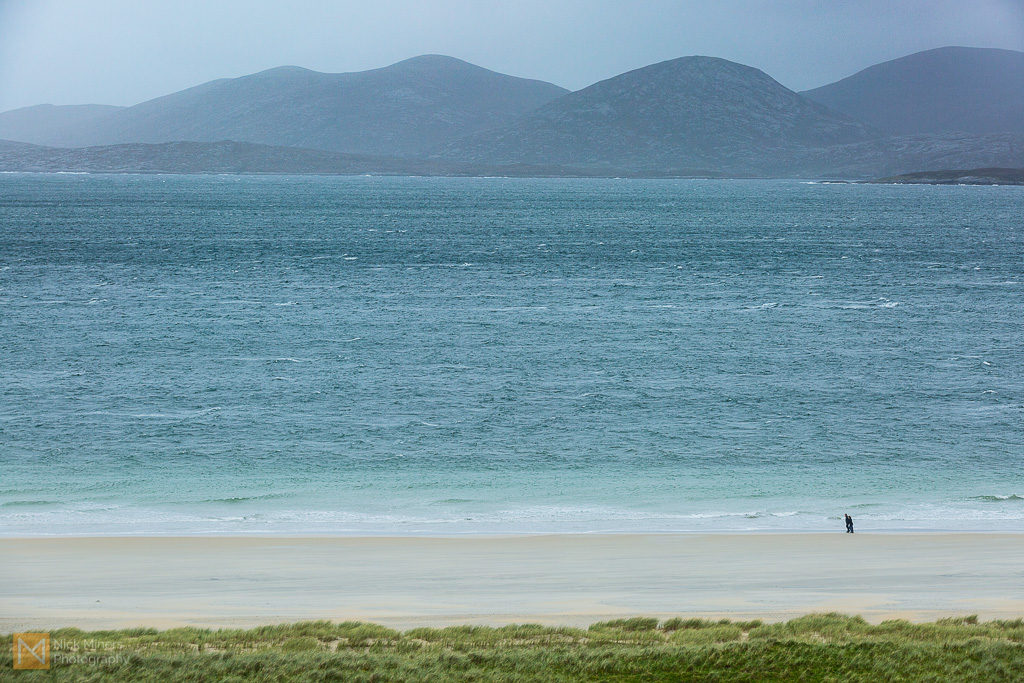
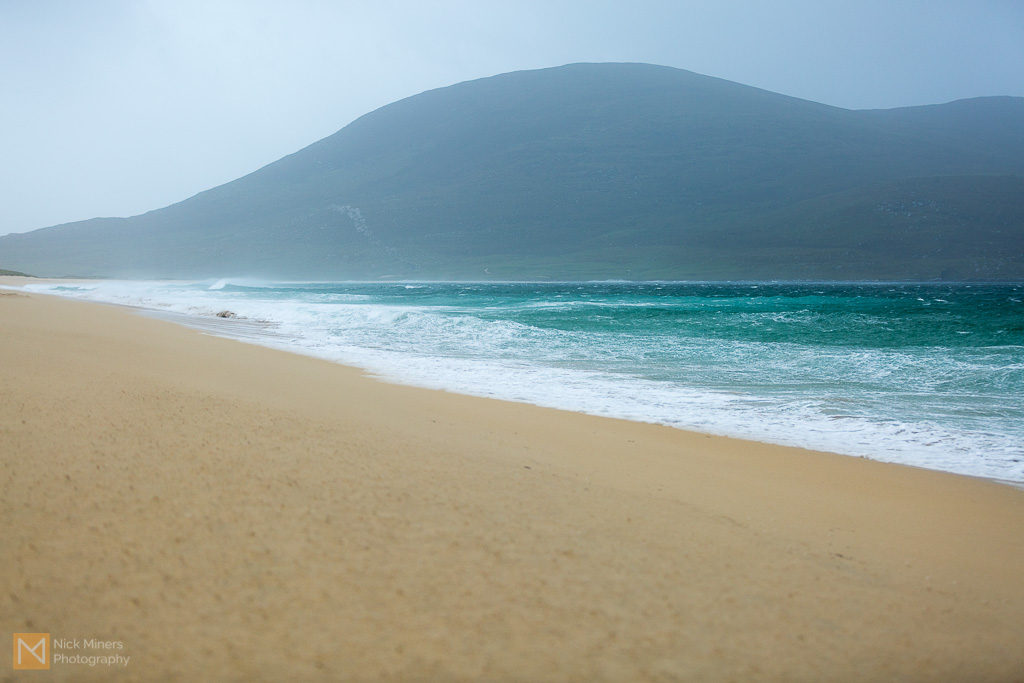
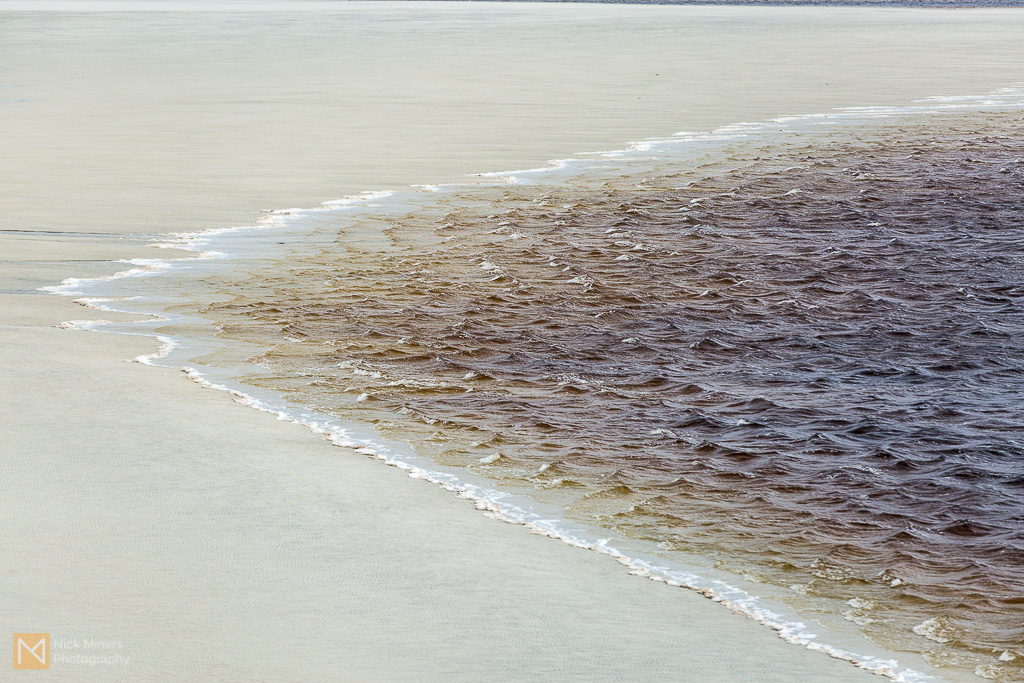
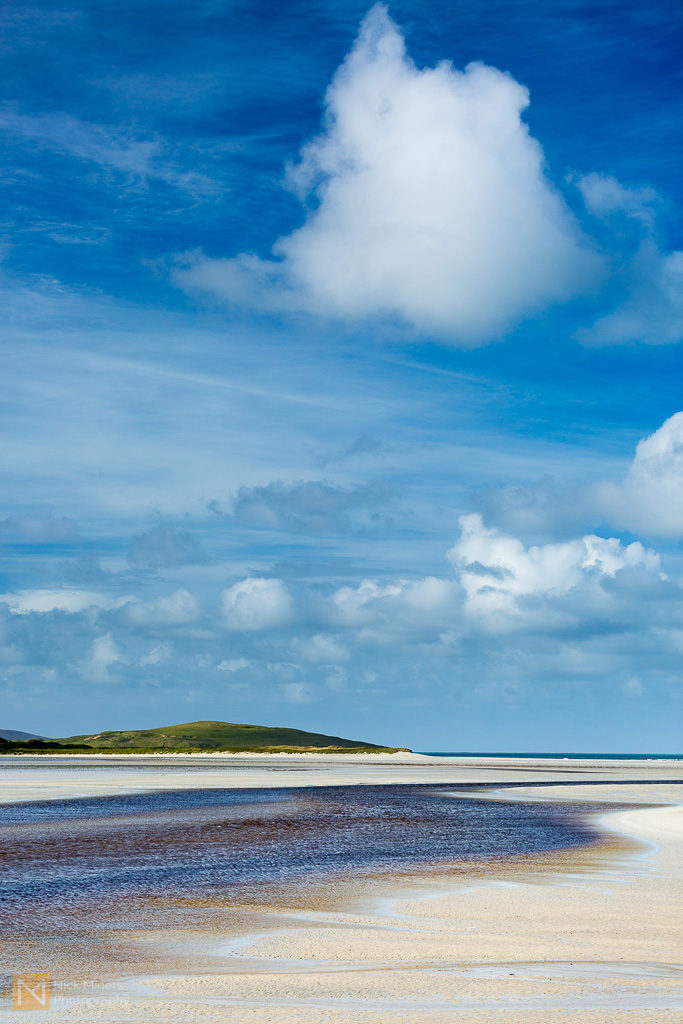 This post is turning out to be quite long – I do waffle on – so I’ll leave you with a photo of one of the most spectacular sunsets I’ve witnessed, taken just south of Luskentyre, over the rocks at Rubha Romagraich near Horgabost beach.
This post is turning out to be quite long – I do waffle on – so I’ll leave you with a photo of one of the most spectacular sunsets I’ve witnessed, taken just south of Luskentyre, over the rocks at Rubha Romagraich near Horgabost beach.